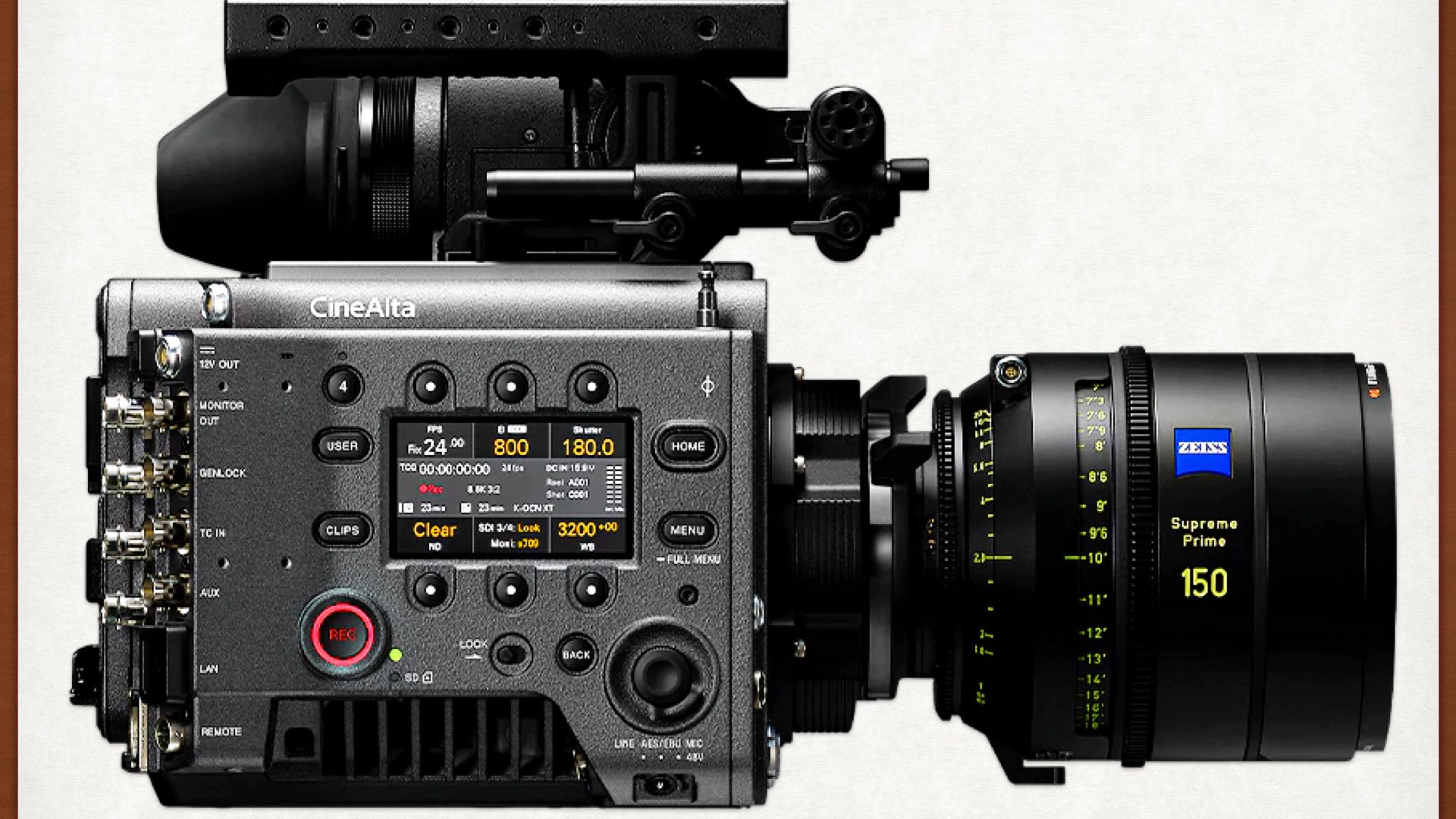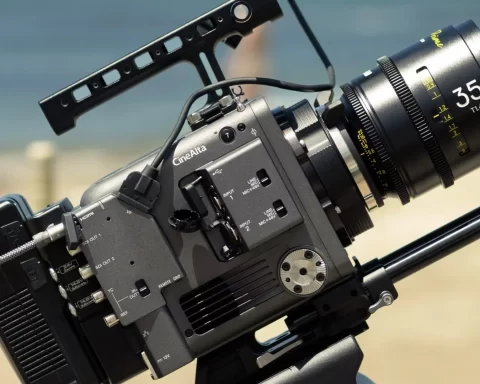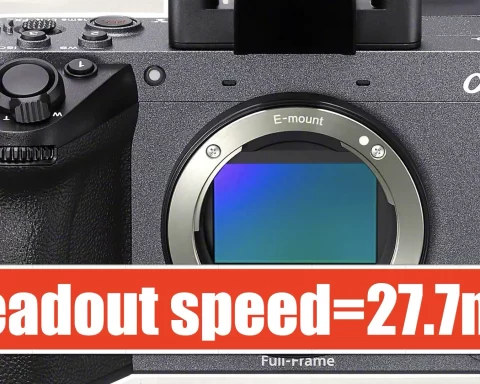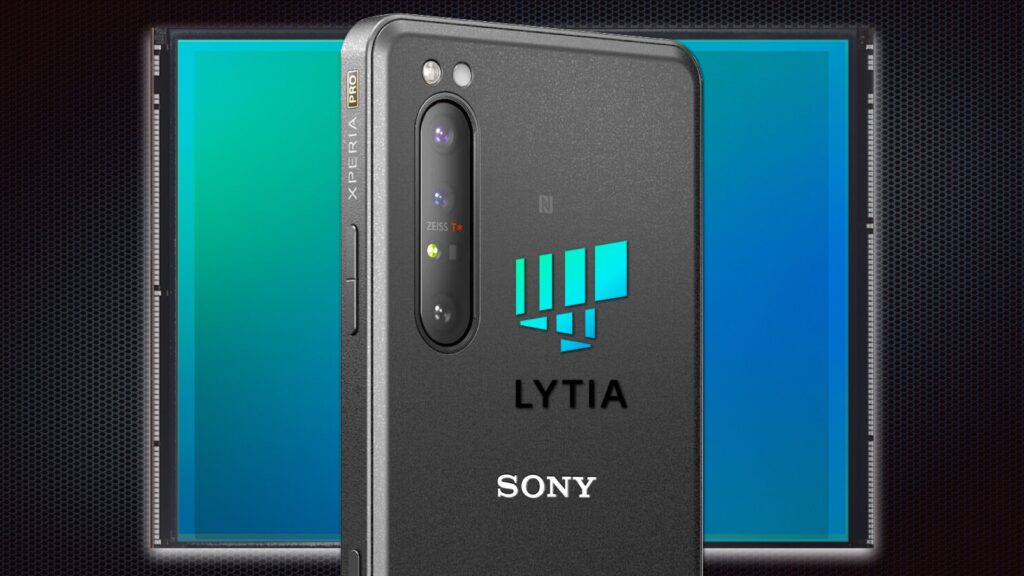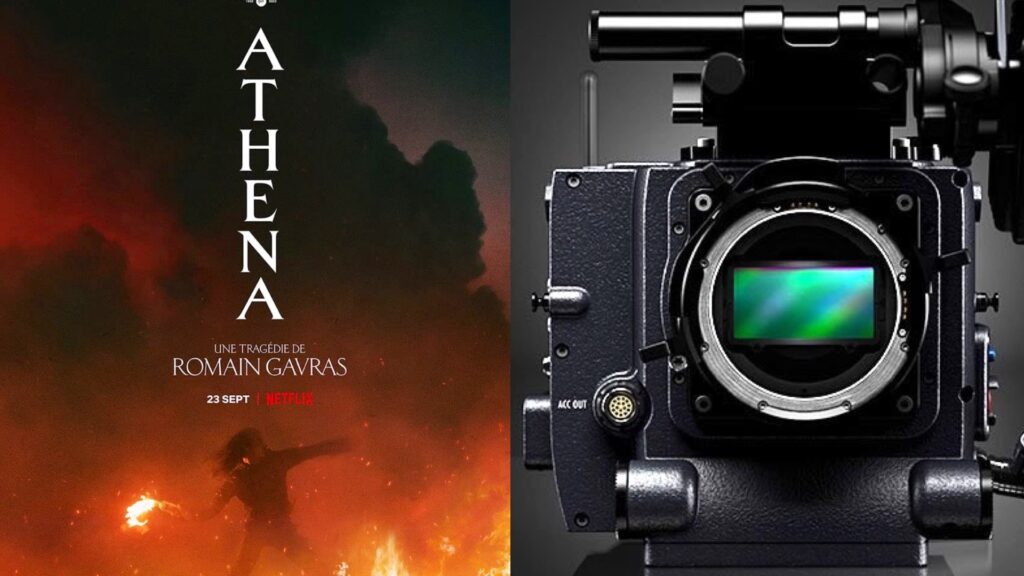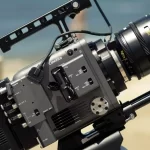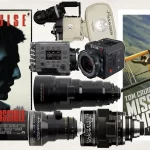Sony has published an interview with the designer and the planner of VENICE 2. This conversation shed more light on the challenges involved in developing the brand new 8.6K sensor, and why, in some scenarios, the lower resolution sensor is preferred.

A mix of art and science
As Sony sees it, developing a digital cinema camera is a unique mix of art and science. Indeed, cinema cameras are technological wonders. In this interview by Sony, VENICE 2’s leaders Yutaka Okahashi from the planning team and Yuji Ooba from the design team, elaborate on the creation of the new Sony cinema flagship.
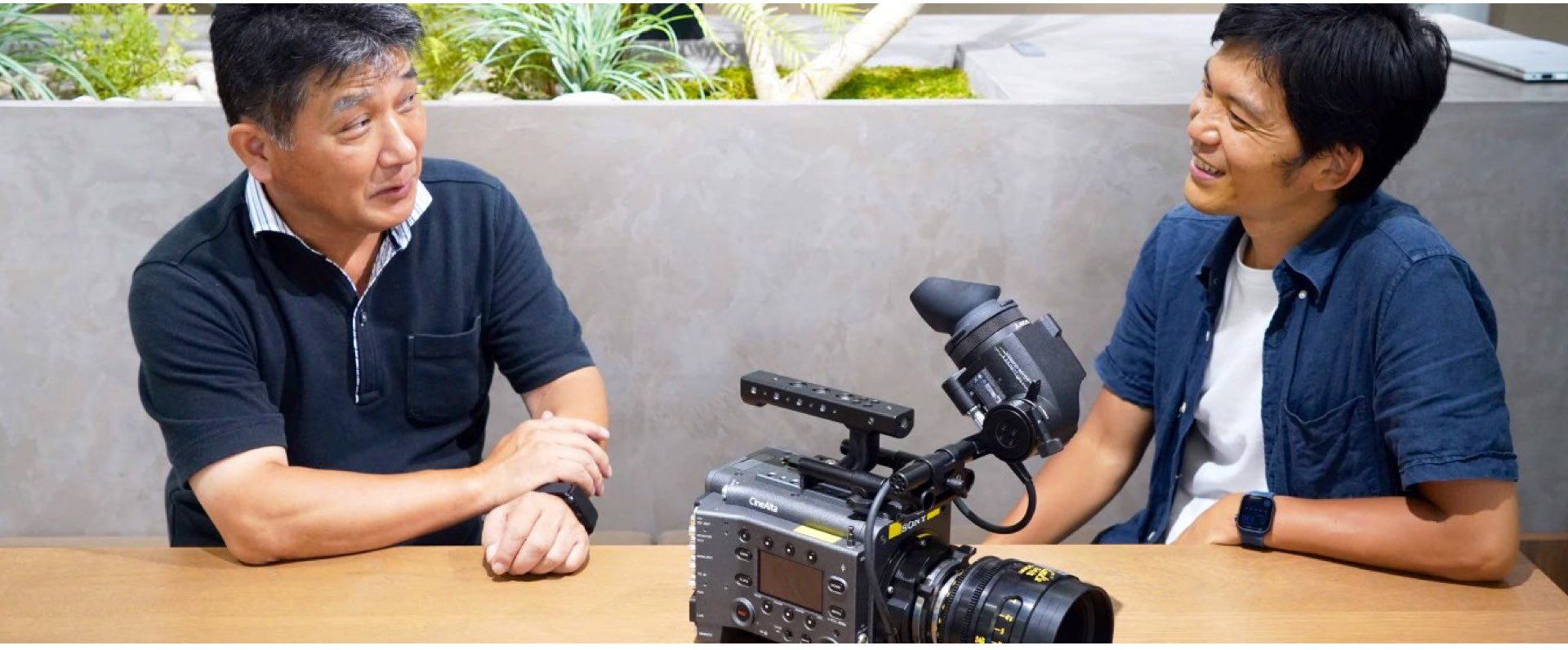
Right from the launch of the first-generation VENICE, we were talking about making a follow-up.
Yuji Ooba – Sony VENICE Design Team
VENICE 2 was planned when VENICE 1 was launched
Product planners are responsible for looking into the future; where the market will be in a few years’ time, what the customers are likely to want and what technologies might be available to deliver that. Based on that, they will draw up the specification for this future product. Yutaka worked on the initial concept and then detailed specifications for VENICE and VENICE 2. Once the specifications are decided, planning has to get the different teams working on the electronics, sensor, ergonomics, and industrial design to deliver to the deadline. The planning team’s job isn’t done until the camera is launched to the market. “Right from the launch of the first-generation VENICE, we were talking about making a follow-up”, Yuji says. The worldwide feedback derived from VENICE 1 shooters, was the main knowledge base for VENICE 2.
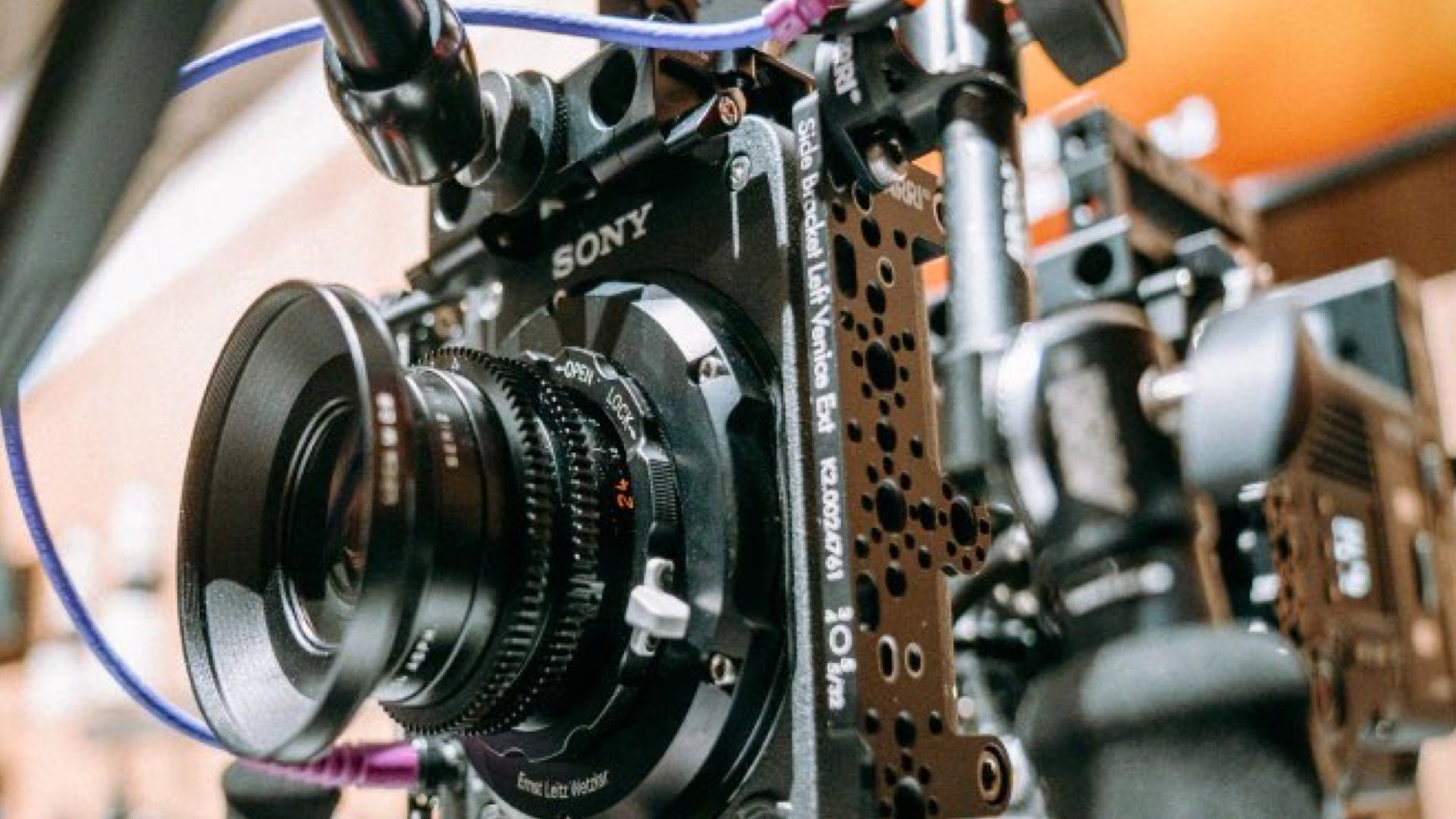
The main challenges of more pixels
We now know that one of the key differences between VENICE and VENICE 2 is that the new camera can use either the original full-frame 6K sensor or a new full-frame 8.6K sensor. However, when you squeeze more pixels onto the same-sized sensor the sensitivity or dynamic range is impacted. “But when I first shot with VENICE 2, I was surprised to find that the new 8.6K sensor is actually more sensitive and a little less noisy than the 6K sensors. I asked how this was possible” Yuji mentions. The team has gained a lot of design information in developing high-pixel-count sensors. As Yuji says: “I can’t really talk about the technology in detail but when the pixels get smaller it becomes more difficult to draw out the qualities of each pixel. But the nature of this challenge was very clear, so we were always thinking about technical improvements during the development process”.

“The 8K sensor isn’t really a successor to the 6K”
Yuji continues to emphasize the main challenges of the new 8.6K sensor: “Increasing the number of pixels makes it not only more difficult to develop the sensor’s characteristics. But also, the post-processing bandwidth increases significantly, and this places a huge demand on processing and recording. The result is that the overall difficulty ramps up, even for things like electricity consumption and internal temperature control. And the 8K sensor isn’t really a successor to the 6K—it’s more that they complement each other in terms of advantages and disadvantages”.
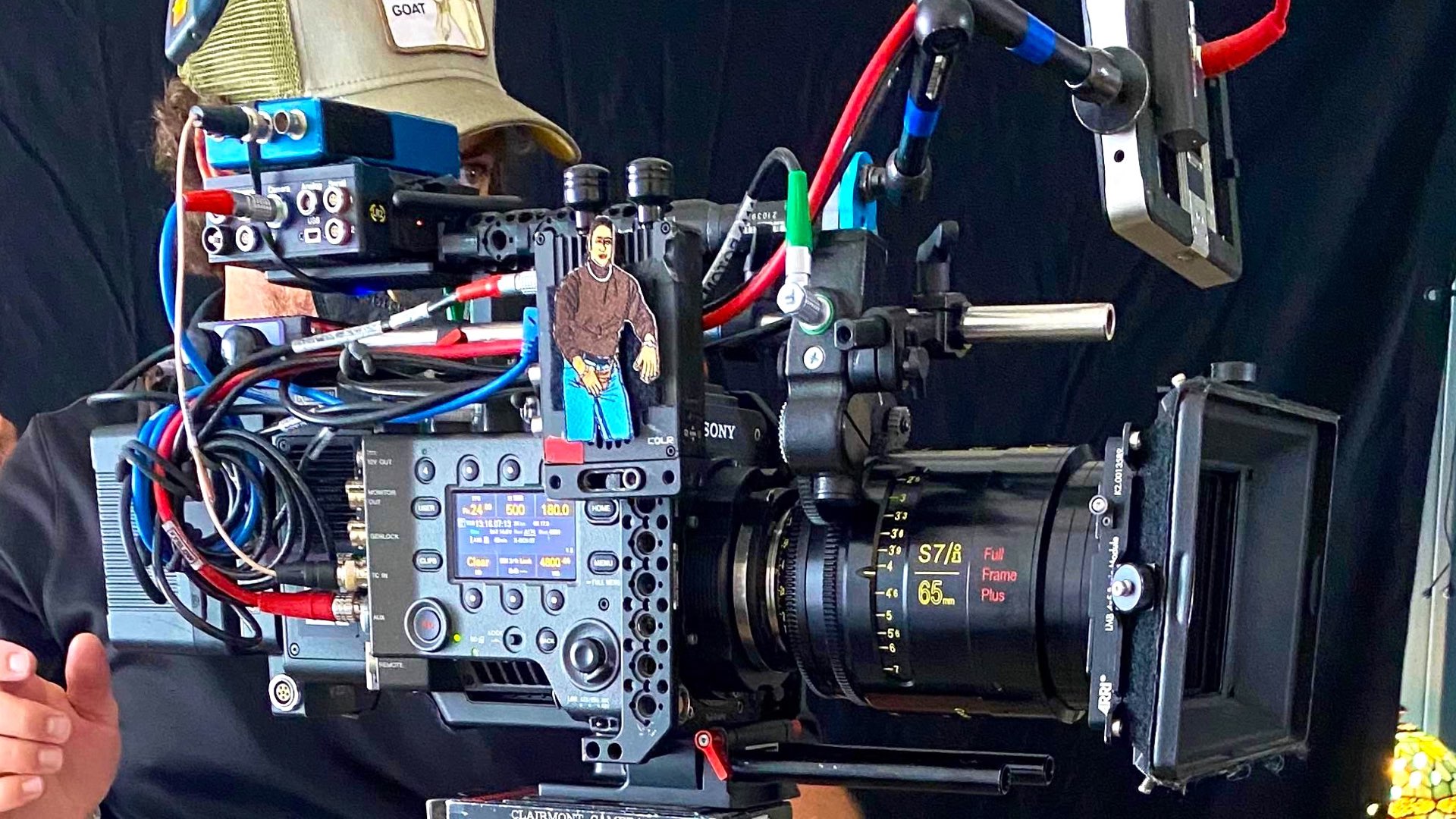
6K might be preferred
Furthermore, Yuji admits that in some shooting scenarios, shooting 6K is preferred: “I have to say I really like the characteristics of the new 8.6K sensor. But if you want to shoot at higher frame rates, the 6K format can shoot at up to 90fps in full frame. Moreover, smaller file sizes can be beneficial for long projects or where fast turnaround speeds are needed”.
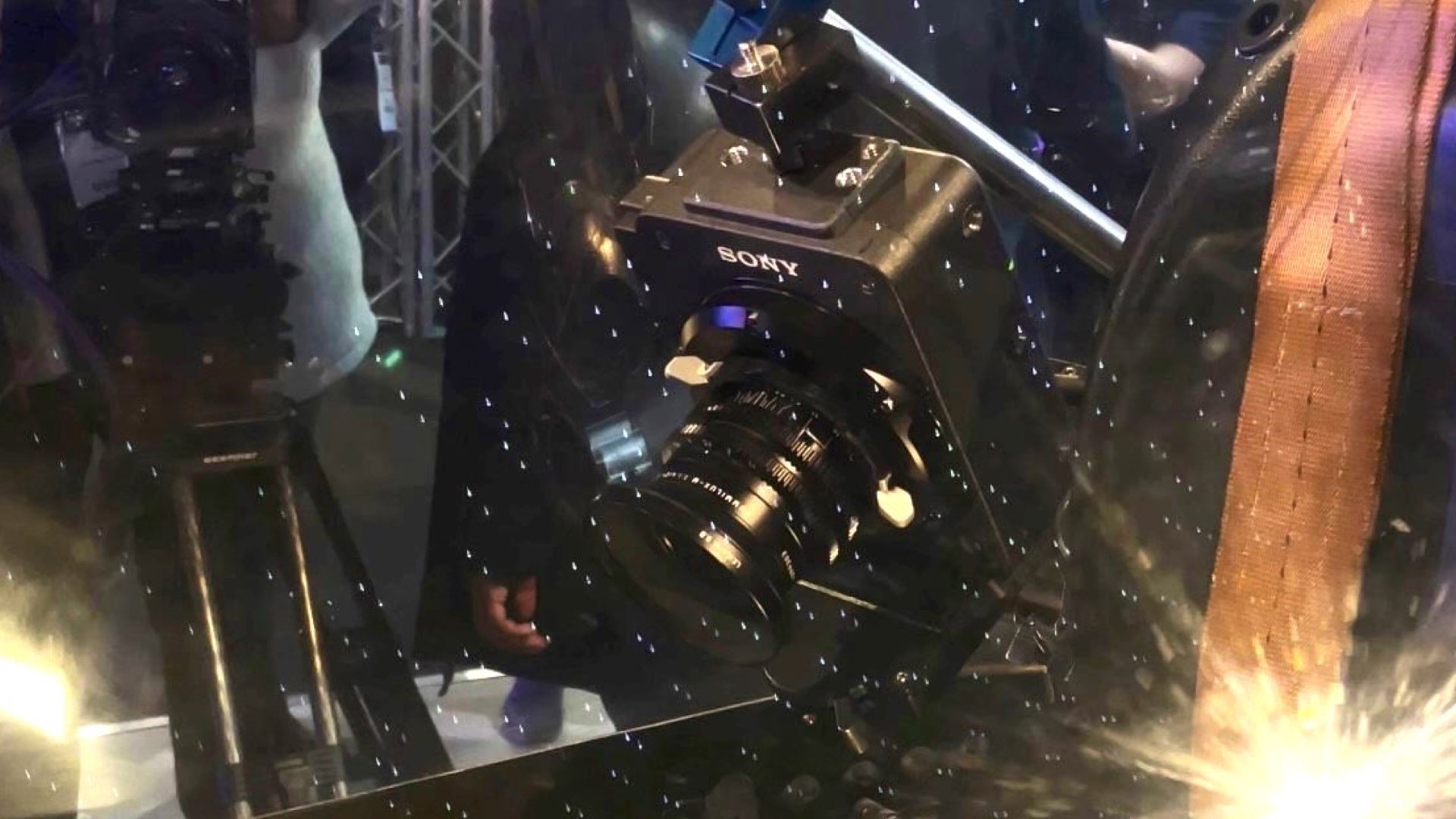
Closing thoughts
We are wondering if a new version of the VENICE is being developed (VENICE 3?), and if yes, what would it be….Maybe a 65 format VENICE (Sony VENICE 65?). Let’s toy with this idea…

